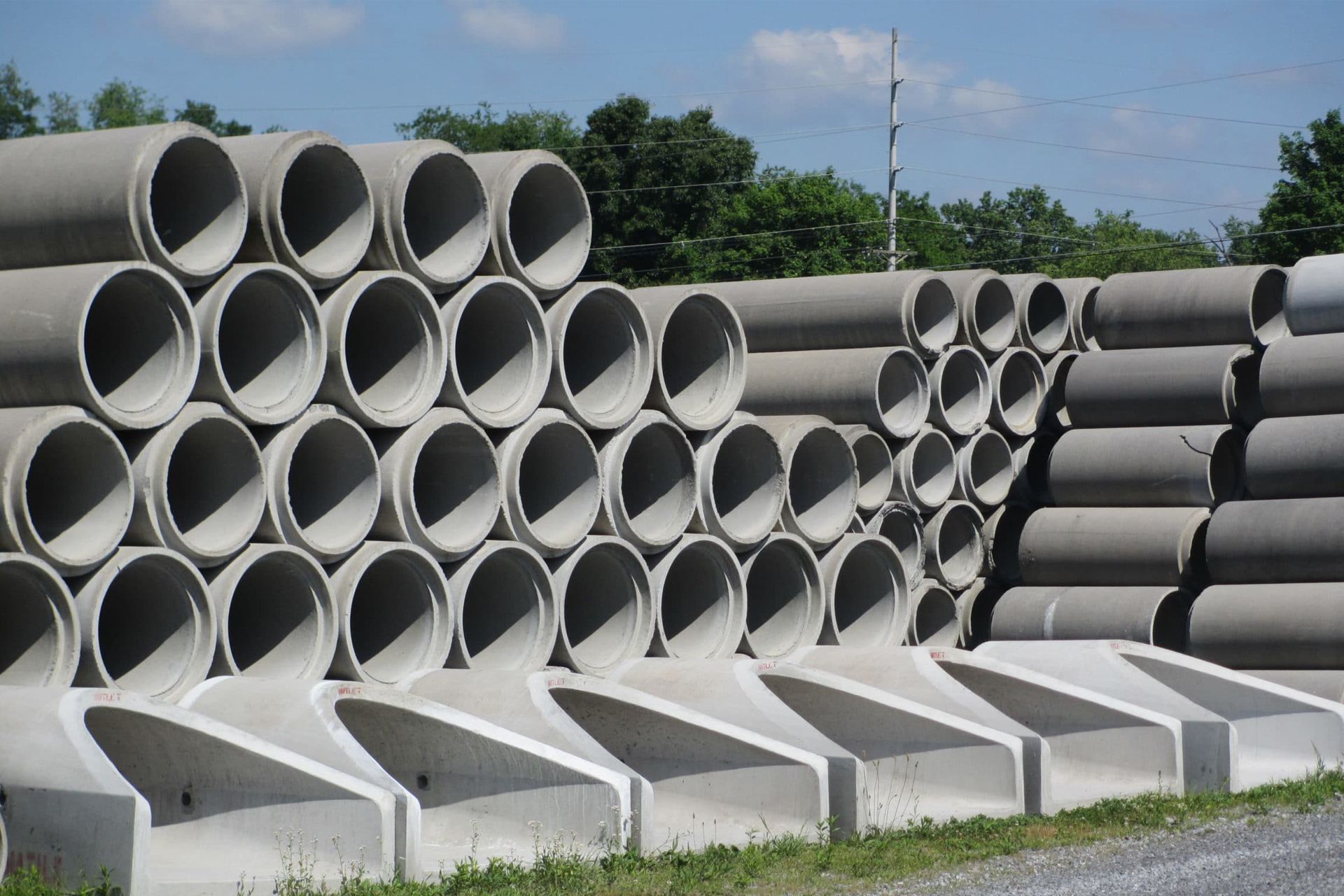Karachi Boundary Wall Socket Type Pipes

Socket Design
Socket type pipes are characterized by their unique design, which includes a socket (female) at one end and a spigot (male) at the other. This design allows for easy interlocking and connection between pipes, ensuring a seamless and secure fit during installation. Socket design is a critical aspect of piping systems, facilitating the seamless connection and interlocking of pipes to create a secure and watertight seal. This article provides an in-depth exploration of socket design, its importance, features, and applications in various industries. Socket design typically involves two main components: the socket (female) and the spigot (male). The socket features an interior opening with a slightly larger diameter than the spigot, allowing for easy insertion and secure fitting of the spigot into the socket.
Durable Material
These pipes are typically made from high-quality materials such as reinforced concrete, PVC, or HOPE (high-density polyethylene), providing excellent strength and durability to withstand external forces and environmental conditions.This article delves into the characteristics, applications, and benefits of durable materials in construction, highlighting their importance in ensuring the structural integrity and longevity of buildings and infrastructure.
Variety of Sizes
Socket type pipes come in a variety of sizes, diameters, and lengths to accommodate different project requirements. This versatility allows for flexibility in design and ensures compatibility with various construction needs. This article explores the significance, applications, considerations, and benefits of the variety of sizes in construction materials, highlighting their role in achieving optimal performance and efficiency in building projects.
Corrosion Resistance
Depending on the material used, socket type pipes exhibit resistance to corrosion, rust, and degradation, making them suitable for long-term use in outdoor applications, including boundary wall construction. This article explores the significance of corrosion resistance, methods for enhancing it, and applications in various construction projects, highlighting its role in ensuring durability, longevity, and structural integrity.


